Montana faces a serious threat from invasive species, especially in its waters. These invaders upset the natural order and can lead to significant ecological and economic problems. Boats play a big role in spreading these harmful species, and inspections are important to keep the state’s bodies of water safe.
We will examine the state’s different Aquatic Invasive Species (AIS) and learn about their impact. We will also explore the Aquatic Invasive Species Prevention Pass, which helps fund the fight against these invaders. This pass shows how everyone can play a part in protecting Montana’s waters.
- Related article: Guide to Montana’s Wildlife
Why should you care about invasive species in Montana? Imagine not being able to enjoy your favorite water activities because the ecosystem is out of balance.
Our exploration of Montana’s invasive species will reveal the key facts and what you can do to help. This knowledge is crucial for preserving the beauty and diversity of the state’s natural landscapes.
7 Key Takeaways on Montana Invasive Species
- Montana’s Aquatic Invasive Species (AIS) significantly threaten natural ecosystems and water infrastructure.
- Montana’s Aquatic Invasive Species Prevention Pass is crucial in funding prevention efforts, including decontamination and mandatory watercraft inspection stations.
- Montana has 7 categories of AIS, from parasites and pathogens to plants.
- Invasive fishes have specific behaviors contributing to their spread and ecological impact.
- In Montana, only one type of amphibian has been detected as an AIS: the American Bullfrog.
- Montana has 3 invasive crustaceans: the Fishhook Waterflea, Rusty Crayfish, and Spiny Waterflea.
- Though unseen, parasites and pathogens can devastate aquatic life and the fishing industry.
Impact of Montana’s Invasive Species
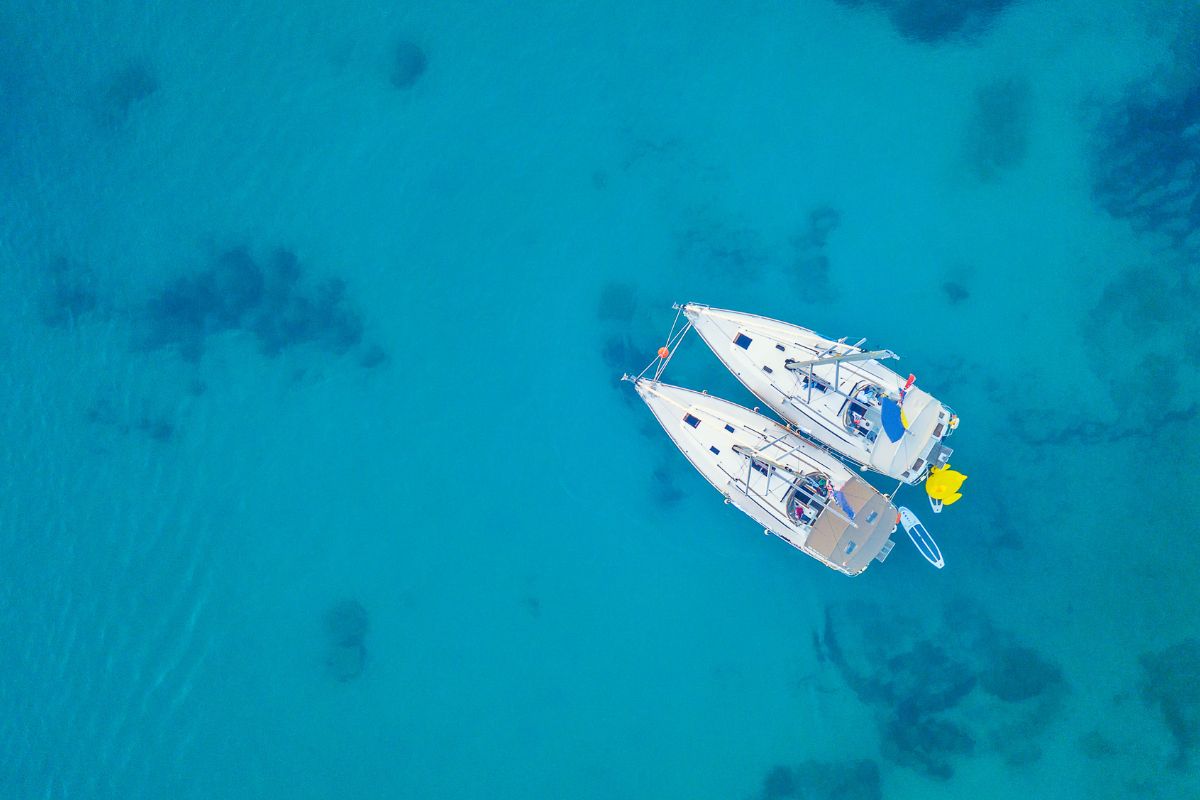
Montana faces a serious problem with Aquatic Invasive Species (AIS). These creatures and plants from other places upset the natural order when they enter the state’s water bodies, harming native species. This damages the health of rivers, streams, and lakes and can impact the entire ecosystem.
Boats are a major carrier of these invasive species. In 2023, Montana Fish, Wildlife, and Parks inspected 130,000 boats and found that more than 600 were transporting harmful aquatic plants. Additionally, 53 boats were found to be carrying Zebra and Quagga Mussels.
These mussels are dangerous to Montana’s waters, sticking to pipes and engines, making them dirty and brutal. They eat many tiny plants and animals that the rest of the water life needs to survive.
Montana Fish, Wildlife, and Parks worries about how these mussels can mess up fishing. They are also a concern when it comes to generating electricity and using water for farming.
That’s why Montana has a rule that everyone must check their boat before using it in their waters, even if you’re using a kayak or a paddleboard. Failing to follow this policy could get you a fine of up to $500. This law is serious because keeping our waters safe is something we all need to do.
Montana’s Aquatic Invasive Species Prevention Pass
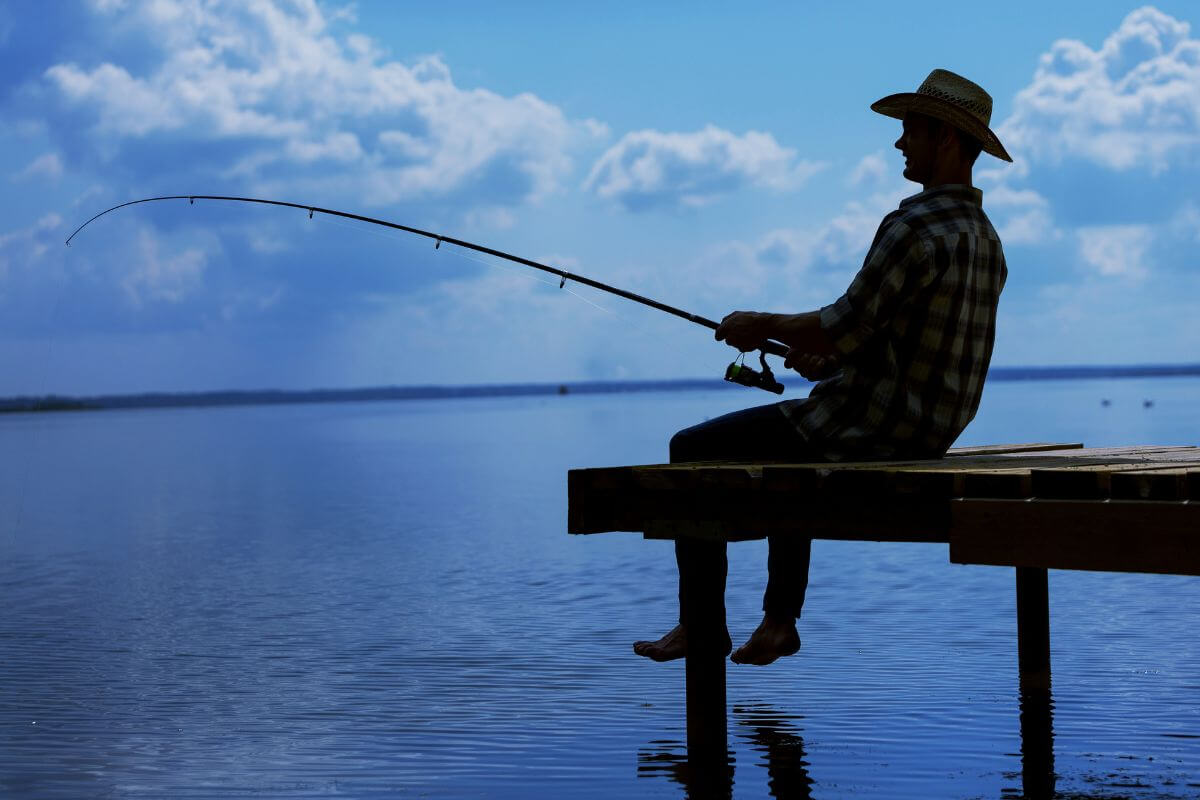
Anglers are required to obtain Montana’s Aquatic Invasive Species Prevention Pass to help prevent the spread of invasive species. Established by the 2017 Montana Legislature and supported by Governor Steve Bullock, the program has a clear aim. Its mission is to stop the spread of invasive species and preserve Montana’s beautiful waterways.
Getting your fishing gear ready for Montana’s waters? Here’s what you need to know about the Aquatic Invasive Species Prevention Pass:
- Where to Get the Pass – You can pick up the pass at any Fish, Wildlife & Parks office, from a licensed provider (like a fly shop or retailer that sells licenses), or online. This makes it easy to get sorted, whether you’re a Montana local or just visiting.
- How Much It Costs – The pass comes with a small fee to cover the fight against invasive species. For residents, it’s just $2 for the whole year. Non-residents pay a bit more at $15. This one-time or yearly fee is a smart investment in keeping Montana’s waters healthy and ready for everyone to enjoy.
The money raised by selling these passes is a game-changer. It’s expected to bring in about $3.2 million each year. This cash boost can mean more funding for the following:
- Inspection Stations – Keeps a close eye on who’s entering Montana’s waters.
- Decontamination Stations – Makes sure boats and gear are clean to stop the spread of invaders.
- Education Programs – Spreads the word about how everyone can help.
- Water Sampling – Checks for mussel larvae to catch problems early.
This proactive approach is vital for protecting the state’s water systems. It’s not just about rules and fees, it’s about our passion for fishing and ensuring we can all enjoy it for years to come.
Categories of Aquatic Invasive Species in Montana
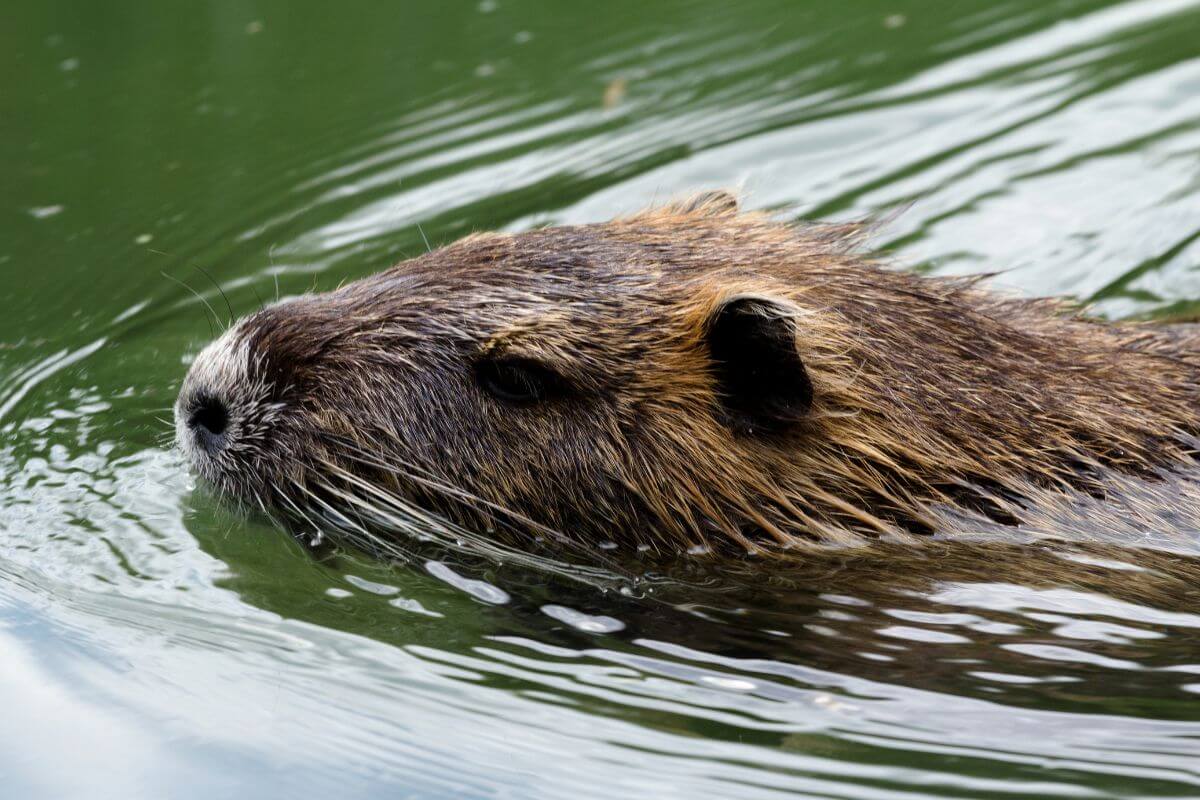
Montana faces a serious threat from aquatic invasive species (AIS) that disrupt its water ecosystems. These AIS come in various forms, each with its own way of causing harm. Understanding the different categories of AIS is crucial to combating their spread and protecting Montana’s waters effectively.
1. Montana’s Invasive Amphibians
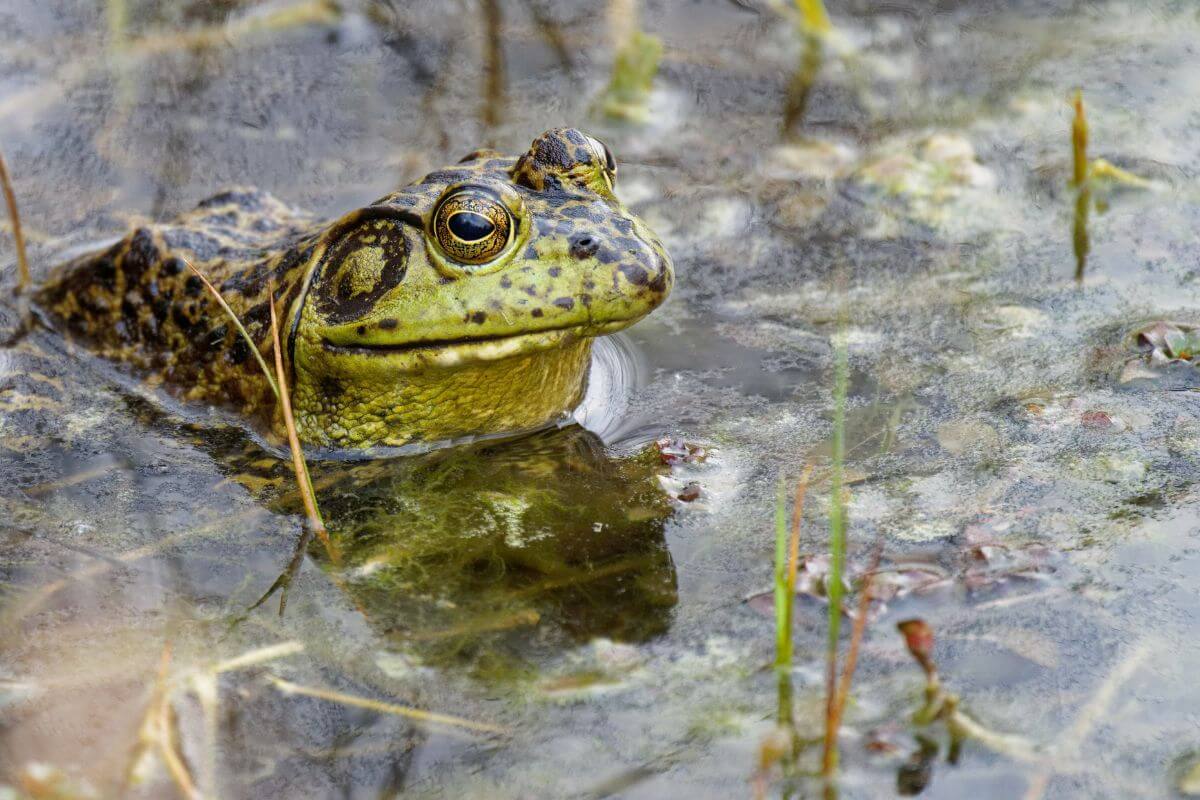
Montana faces a serious threat from invasive species, and one of the most concerning is the American Bullfrog. This is the only amphibian in Montana identified as an Aquatic Invasive Species (AIS). Knowing how to spot these creatures is crucial to controlling their spread.
American Bullfrogs are large, with a dark green or brownish-green back marked by dark spots and a light-colored belly. They are unique for not having ridges along their back but having prominent ridges from their eyes to their shoulders. Their tadpoles are olive-green and cream, reaching up to 4.5 inches in length.
Bullfrogs, including American Bullfrogs, are not picky eaters. They play a big role in decreasing native species like frogs, turtles, and waterfowl. They eat almost anything smaller than them, from fish to small mammals. Their impact on the ecosystem is significant, making it even more important to control their numbers.
You can help by not keeping them as pets or letting them loose. If you see one, report it to the local Fish, Wildlife & Parks office. This way, we can try to keep their numbers down and protect Montana’s natural balance.
2. Montana’s Invasive Crustaceans
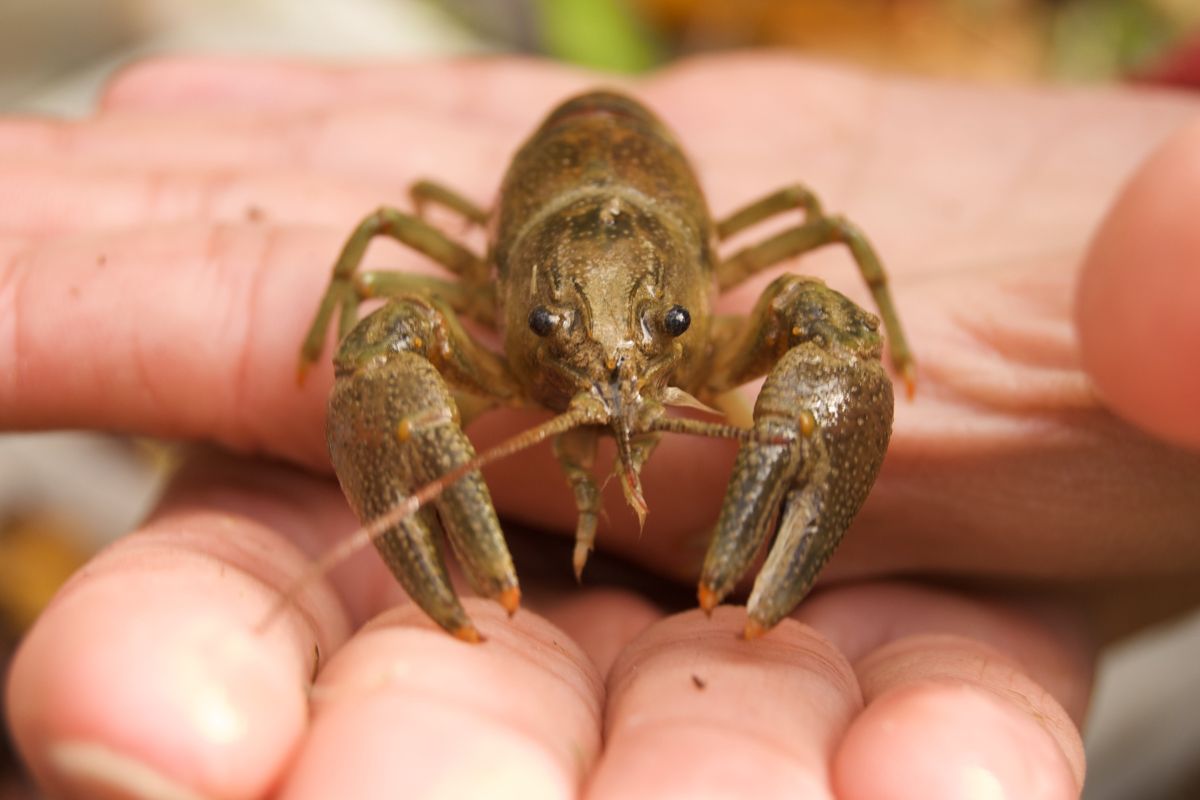
Let’s discuss some unwelcome guests in Montana’s waters, invasive crustaceans. These little creatures might not seem like a big deal at first glance, but they can cause many problems.
Here are key things to know about three crustaceans that have invaded Montana:
| Species | Scientific Name | Spreads By |
|---|---|---|
| Fishhook Waterflea | Bythotrephes longimanus | Hitching a ride on fishing gear, in bilge water, and bait buckets |
| Rusty Crayfish | Orconectes rusticus | Moving in bait buckets, ballast water, and aquarium dumping |
| Spiny Waterflea | Bythotrephes longimanus | The same as the Fishhook Waterflea, through fishing gear and water containers |
How do you know you’re looking at an invasive crustacean?
- Fishhook Waterflea – Fishhook Waterflea is tiny, about the size of a rice grain, and has a tail with three pairs of barbs and a loop at the end.
- Rusty Crayfish – The Rusty Crayfish looks similar to the Fishhook Waterflea, with a small size and an easy-to-spot tail.
- Spiny Waterflea – The Spiny Waterflea appears slightly larger. It has a see-through body, a round sac for holding eggs, and a gelatinous mass when attached to fishing lines.
These crustaceans are not from around here. They are non-native species that have found their way into Montana’s waters. These invaders eat a lot and can reproduce quickly, causing trouble for native plants and animals.
So, when you’re out on the water, ensure you’re not giving these critters a free ride. Clean your gear, and don’t dump your aquarium into the river. It might seem small, but it can help keep Montana’s waters safe and healthy.
3. Montana’s Invasive Fish
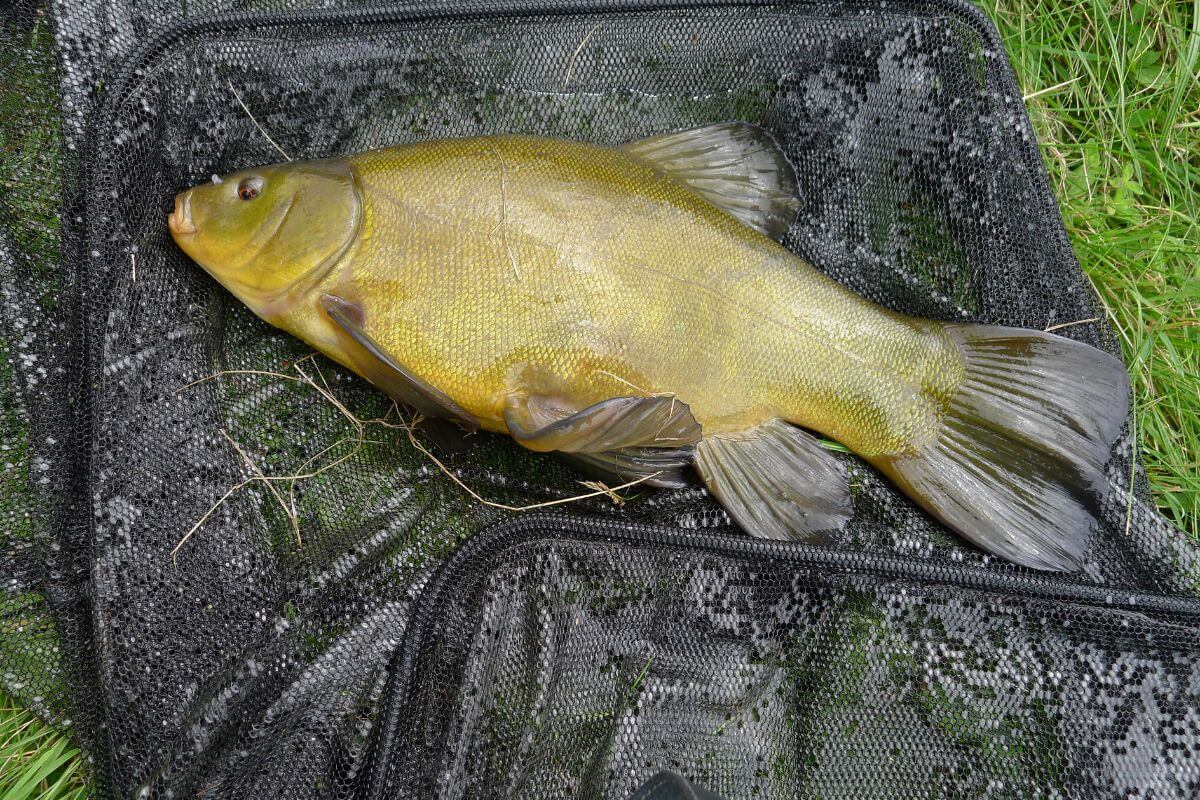
Montana faces a serious threat from invasive aquatic species (AIS), particularly certain fishes that have entered the state’s waters. These AIS cause big problems, from taking over habitats to eating up lots of food.
Here are key fish AIS in Montana and what makes them so troublesome:
| Species | Scientific Name | Description |
|---|---|---|
| Bighead Carp | Hypopthalmichthys nobilis | The Bighead Carp gets around by sneaking out of ponds or being let go on purpose. It’s a huge eater and can grow fast. |
| Black Carp | Mylopharyngodon piceus | Like the Bighead Carp, the Black Carp spread by escaping from ponds or being set free. This is a problem because it eats many different things in the water. |
| Grass Carp | Ctenopharyngodon idella | The Grass Carp was accidentally moved from fish farms and put into canals to eat many plants. |
| Silver Carp | Hypophthalmichthys molitrix | Silver Carp is another fish that spreads or is released from ponds. It’s dangerous because it jumps out of the water when scared, which can hurt people in boats. |
| Round Goby | Neogobius melanostomus | Round Goby multiplies fast and takes over areas where other fish should be. |
| Ruffe | Gymnocephalus cerna | Ruffe entered the Great Lakes by hitching a ride in big ships’ water tanks. |
| Tench | Tinca tinca | The Tench is found in rivers that connect to the ocean and can survive in many different conditions. |
| Zander | Sander lucioperca | Though not yet confirmed, Zanders are believed to be in the Missouri River. They are a threat because they eat a lot and can reproduce quickly. |
| Northern Snakehead | Channa argus | The Northern Snakehead competes with local fish for food and homes at every stage. |
Each of these fish has a unique way of spreading and causing problems. Knowing about them is the first step to helping keep Montana’s waters safe and healthy.
4. Montana’s Invasive Mammals

Montana faces a significant challenge with invasive mammal species, with the Nutria standing out as the primary offender. Scientifically known as Myocastor coypus, this large rodent hails from South America and was initially brought to the region for its fur.
Growing to sizes of 15-20 lbs and 25 inches in length, Nutrias are often mistaken for native beavers and muskrats. However, their long, thin, round tails set them apart from these local species.
Why is the Nutria causing such a stir in Montana?
- Habitat Degradation – Known for tearing through marshes, the Nutria’s feeding frenzy disrupts entire ecosystems.
- Agricultural and Infrastructure Damage – Nutrias’ burrowing habits lead to crop loss and structural problems, a nightmare for farmers and land managers.
- Fast Reproduction and Early Maturity – Nutria populations can grow rapidly. This can cause problems because they can breed 2-3 times a year and mature in just 4 to 6 months.
The numbers are alarming: these rodents can consume up to 25% of their body weight daily. Their excessive appetite and rapid reproduction threaten Montana’s natural and man-made environments.
As the only mammal on Montana’s invasive species list, the Nutria’s presence in the region warns about the negative impacts of introducing non-native species into an ecosystem.
5. Montana’s Invasive Molluscs
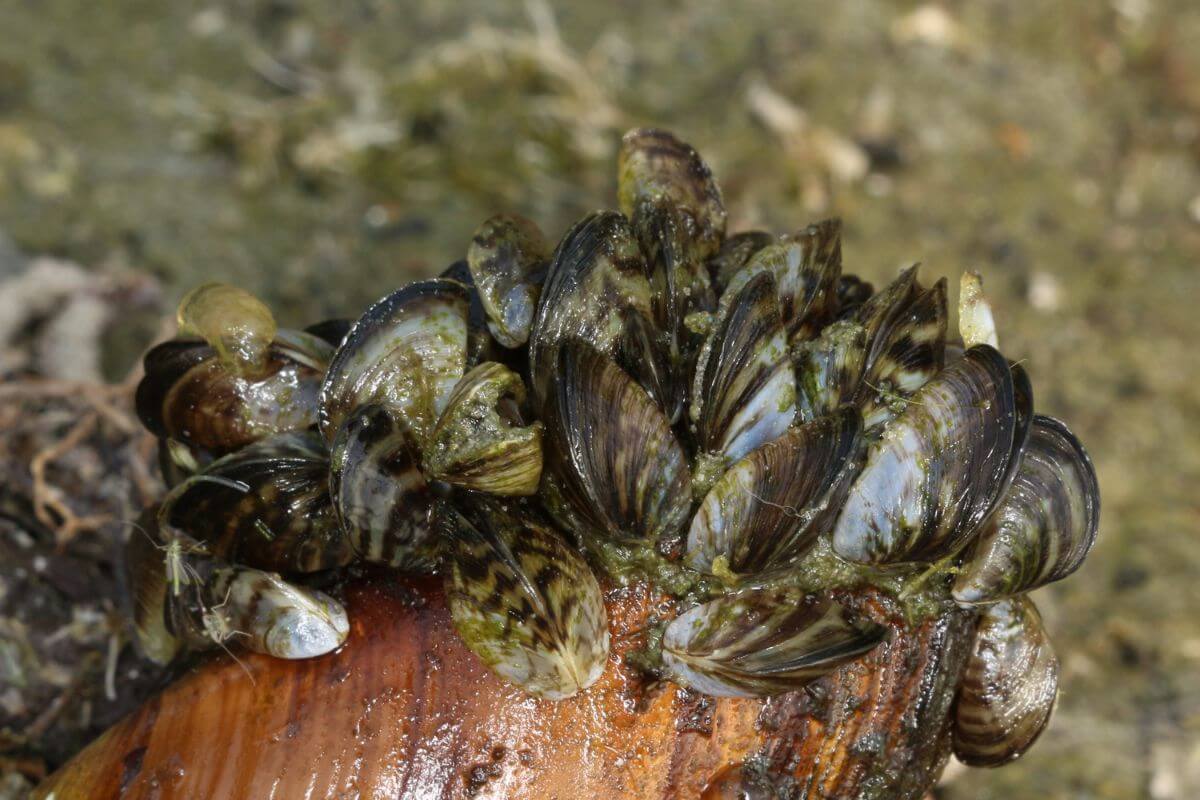
Montana faces a significant challenge with invasive species: the Asian Clam, Chinese Mystery Snail, Faucet Snail, New Zealand Mudsnail, Quagga Mussel, Red-Rim Melania, and Zebra Mussel.
Here’s a quick look at Montana’s invasive molluscs and why they’re a problem:
- Asian Clam (Corbicula) – The Asian clam might look innocent with its light-colored shell and concentric rings. However, it’s a big issue in Montana. It messes up irrigation canals, pipes, and even drinking water supplies.
- Chinese Mystery Snail (Cipangopaludina chinensis malleat) – The Chinese Mystery snail has a spherical shell that can cause damage to water pipes. It loves to clog up screens on water intake pipes.
- Faucet Snail (Bithynia tentaculata) – Shiny, pale brown, and oval, the Faucet snail is not your friend if you’re a native snail. It beats them in the competition for survival.
- New Zealand Mudsnail (Potamopyrgus antipodarum) – The New Zealand mudsnail has shells that range from gray to dark brown. They reproduce quickly and in large numbers, which can disrupt entire ecosystems.
- Quagga Mussel (Dreissena rostriformis bugensis) – Usually dark with concentric rings, Quagga Mussels are like super cleaners. Also known as Dreissenid Mussels, these invasive mussels filter water so much that they disrupt the whole food chain.
- Red-Rim Melania (Melanoides tuberculata) – The Red-Rim Melania is a type of shell with a long, conical shape. It is known to carry parasites that can harm both fish and humans, posing a risk to the local wildlife and people in the area.
- Zebra Mussel (Dreissena polymorpha) – Like the Quagga mussel, the Zebra Mussels is a champion water filterer. It also messes up many other water species’ food and living conditions.
Each of these species has a unique way of causing problems. From clogging up water systems to changing the balance of life in the water, they are a serious threat to Montana’s natural environment.
6. Montana’s Invasive Parasites and Pathogens
| Species | Scientific Name | Detection in Montana |
|---|---|---|
| Asian Tapeworm | Bothriocephalus acheilognathi | Undetected |
| IHN Virus | Infectious hematopoietic necrosis | Detected |
| Microsporidian Parasite | Heterosporis | Undetected |
| VHS Virus | Viral hemorrhagic septicemia | Undetected |
| Whirling Disease | Myxobolus cerebralis | Present |
Montana is seriously threatened by parasites and pathogens that harm its aquatic life. Once they take root, these invasive species can cause significant damage. Here’s why these parasites and pathogens making waves in Montana’s waters:
- Asian Tapeworm – The Asian Tapeworm targets freshwater fish, especially cyprinids. This parasite infects the fish’s gut and is passed on when fish eat infected copepods.
- IHN Virus – The IHN Virus is a harmful virus that affects salmon and trout. It was first spotted in Montana in 2014. Symptoms of the virus include fatigue and changes in appearance.
- Microsporidian Parasite – Discovered in 2000, the Microsporidian Parasite affects the muscles of yellow perch, causing the flesh to become white and opaque.
- VHS Virus – Found in 2005 in the Great Lakes, the VHS Virus can affect a wide range of species, causing hemorrhaging and, ultimately, death.
- Whirling Disease – Identified in Montana in 1994, Whirling Disease affects young trout. It deforms their cartilage and, in severe cases, causes them to swim whirl-like.
These invaders are a serious concern for Montana’s aquatic ecosystems. Early detection and management are crucial to limit their impact.
7. Montana’s Invasive Plants
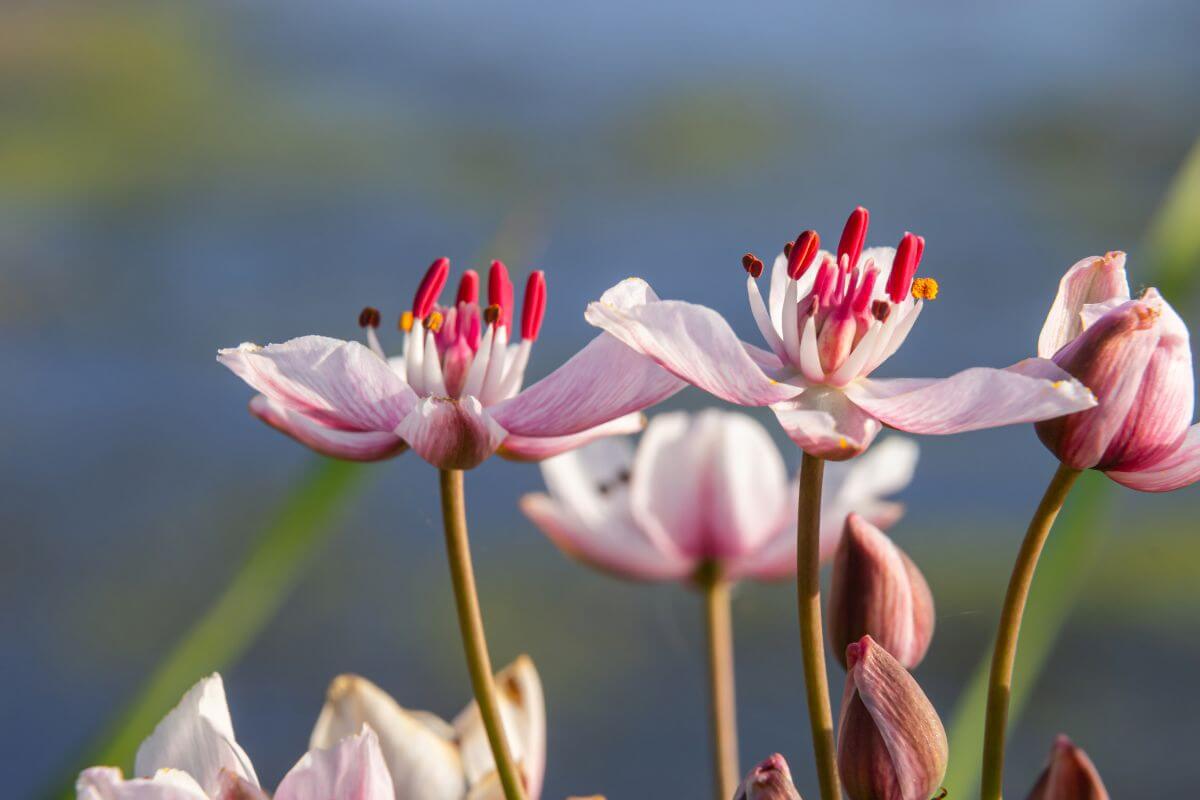
Let’s dive into the world of invasive plant species in Montana, focusing on those that specifically affect aquatic environments. These plants might seem innocent at first glance, but their impact is far from it.
These pesky plants disrupt the natural balance, threaten local ecosystems, and create challenges for nature and those who enjoy it. Here are eight aquatic invasive plant species in Montana that you need to know about:
| Plant | Scientific Name | Detection in Montana |
|---|---|---|
| Brazilian Waterweed | Egeria densa | Undetected |
| Curlyleaf Pondweed | Potamogeton crispus | Present |
| Eurasian Watermilfoil | Myriophyllum spicatum | Present |
| Flowering Rush | Butomus umbellatus | Present |
| Fragrant Waterlily | Nymphaea odorata | Present |
| Hydrilla | Hydrilla verticillata | Undetected |
| Parrotfeather Milfoil | Myriophyllum aquaticum | Undetected |
| Yellow Floating Heart | Nymphoides peltata | Undetected |
Let’s break down why these plants are not just your average flora. They are considered invasive because they grow rapidly and out of control once they take root in a new area. This growth out-competes native species, leading to a host of problems.
Here’s what makes each of these invasive plants a challenge in Montana’s waters:
- Brazilian Waterweed – Brazilian Waterweed is a submerged aquatic weed that can grow up to 6 feet long. When introduced to a lake, it forms dense mats that displace native aquatic plants. It also interferes with recreation and degrade fish habitat.
- Curlyleaf Pondweed – Curlyleaf Pondweed is a perennial plant native to Eurasia, Africa, and Australia. It grows in dense mats, limiting the growth of native plants and thriving in deep water with low light.
- Eurasian Watermilfoil – Eurasian Watermilfoil is an invasive plant with delicate leaves that can spread rapidly in shallow areas. This can make activities like boating, fishing, and swimming difficult.
- Flowering Rush – Flowering Rush is a perennial invader that grows each year and can rapidly spread through the roots, taking over the banks and edges of bodies of water.
- Fragrant Waterlily – Despite its pleasant name, Fragrant Waterlily shades out native plants with its large floating leaves and flowers.
- Hydrilla – Hydrilla grows densely on the surface of water, spreading quickly and causing problems for the ecosystem and irrigation systems. Once it spreads, it can be difficult to control, and its impact can be significant.
- Parrotfeather Milfoil – Originally from South America, Parrotfeather Milfoil has the potential to clog waterways and disrupt local plant and animal life.
- Yellow Floating Heart – The Yellow Floating Heart grows in lakes and forms thick clusters. It can harm the environment by competing with native species by deeply rooting in the lake mud.
Understanding these plants and their impact is the first step to managing and, where possible, eradicating them. Whether you’re a nature enthusiast, a fisherman, or someone who just loves the outdoors, keeping an eye out for these invaders is crucial.
Montana Invasive Species Final Thoughts
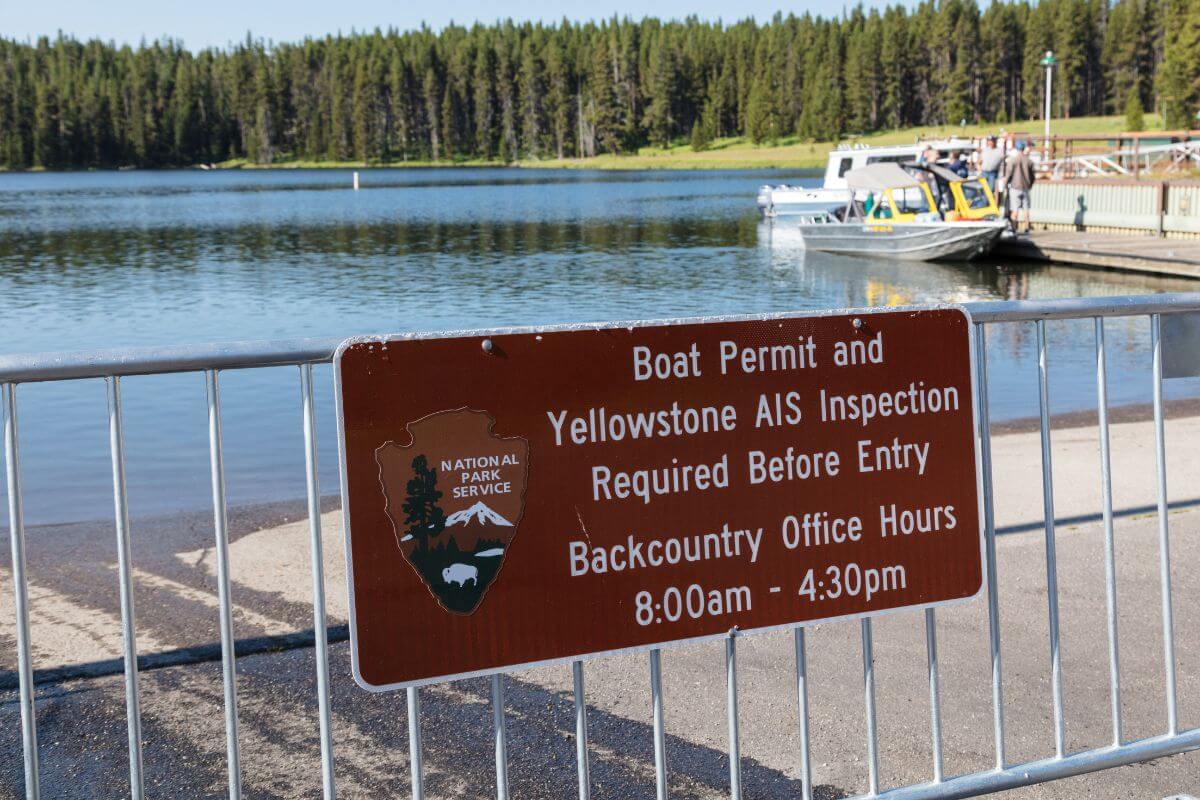
Montana’s battle against invasive species is critical, with the state’s unique ecosystems under threat from various unwelcome guests. The state’s waters face a complex challenge from the immediate dangers of Aquatic Invasive Species (AIS), like the damaging Zebra and Quagga Mussels.
Each category of invasive species presents a unique set of problems that demand attention and management. Education about identifying and reporting these invaders is crucial, as early detection can significantly impact control efforts.
The efforts to combat these invaders highlight the community’s dedication to preserving Montana’s natural beauty and resources. This includes the Aquatic Invasive Species Prevention Pass, which funds key prevention strategies. It’s a call to action for both residents and visitors to join the fight to keep the waters safe.
We must respect and protect the state’s aquatic environments while navigating Montana’s waters for fishing or leisure. This overview reminds us of the need to be vigilant and proactive in the face of invasive species. In doing so, we can ensure Montana’s natural splendor remains intact for generations to come.
Montana Invasive Species FAQs
1. Does Montana Have Invasive Species?
Montana has invasive species that can pose significant ecological and economic threats to the state’s native ecosystems. These exotic species include plants like leafy spurge and cheatgrass and animals like zebra mussels and American bullfrogs.
2. What Aquatic Plants Are Invasive in Montana?
In Montana, some invasive aquatic plants include Eurasian watermilfoil and curlyleaf pondweed. These plants can disrupt native aquatic ecosystems and negatively impact water quality and recreational activities.
3. What Fish Are Invasive to Montana?
In Montana, invasive fish species include black carp, silver carp, and round goby. These invasive fish can outcompete native species, disrupt ecosystems, and impact recreational fishing opportunities.
4. Does Montana Require an Invasive Species Permit?
In Montana, an Aquatic Invasive Species Prevention Pass is required for all individuals who fish. This pass helps fund prevention efforts to mitigate the spread of invasive species in the state’s waters.
5. Do You Need an Invasive Species Sticker in Montana?
If you fish in Montana, you need an Aquatic Invasive Species Prevention Pass sticker. This sticker supports prevention efforts to curb the spread of invasive species in the state’s waterways.
Discover the rugged beauty of Montana’s wilderness in the articles below:
- Montana Bear Information Guide
- Bighorn Sheep of Montana
- Montana Lynx Guide
- Montana’s Mountain Goat
- Learn About Elk in Montana
- https://fwp.mt.gov/conservation/species-of-interest
- https://fieldguide.mt.gov/displaySpecies.aspx?inv=AIS
- https://fwp.mt.gov/conservation/aquatic-invasive-species/species-identification
- https://www.invasivespeciesinfo.gov/us/montana
- https://invasivespecies.mt.gov/
- https://www.montana.edu/extension/invasiveplants/noxioussub.html
- https://www.flickr.com/photos/arehana/2967950426
- https://www.flickr.com/photos/78720675@N02/14448043550
- https://commons.wikimedia.org/wiki/File:Wandermuschel_Dreissena_polymorpha.jpg
- https://www.flickr.com/photos/yellowstonenps/29900735538

